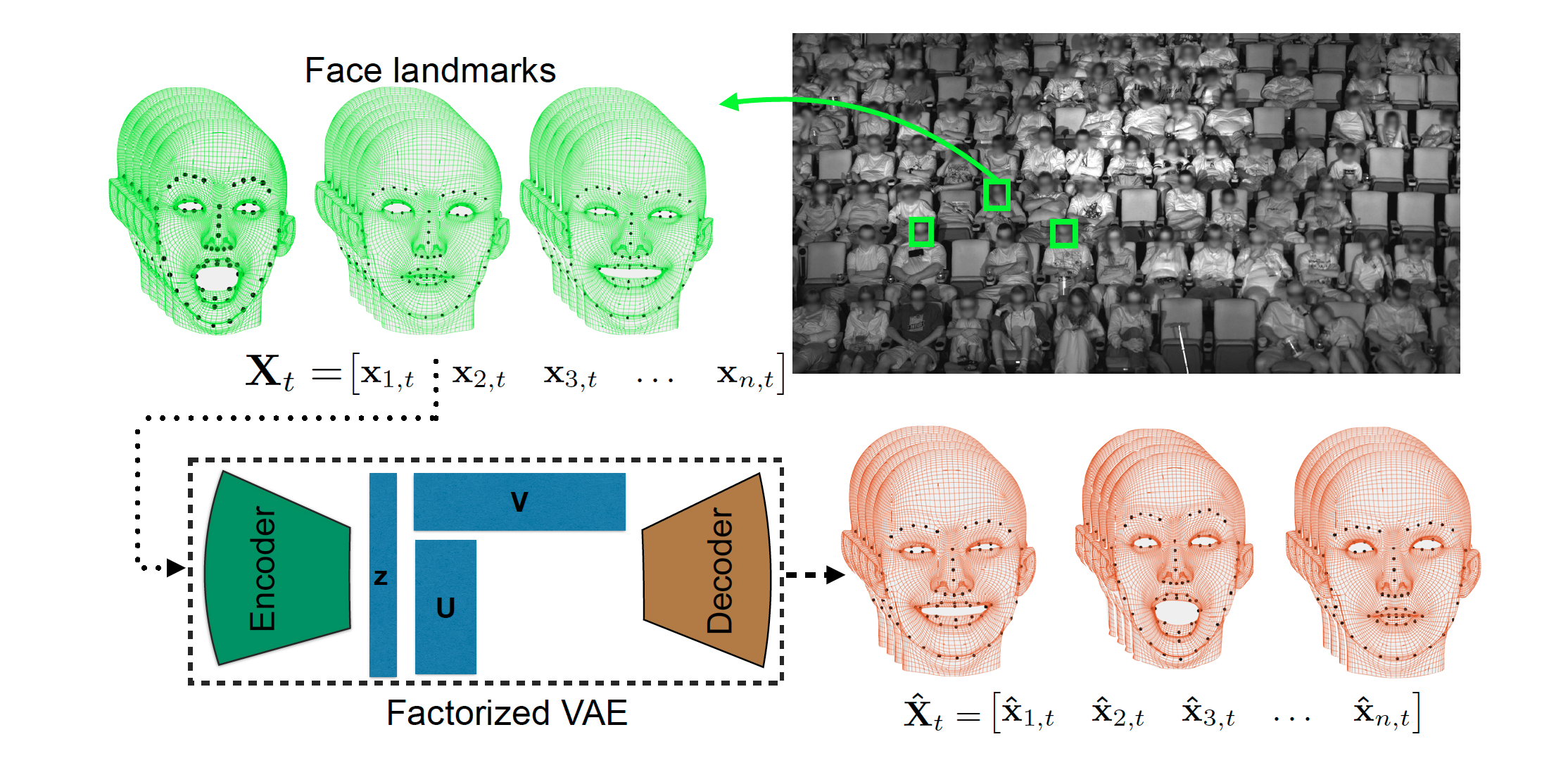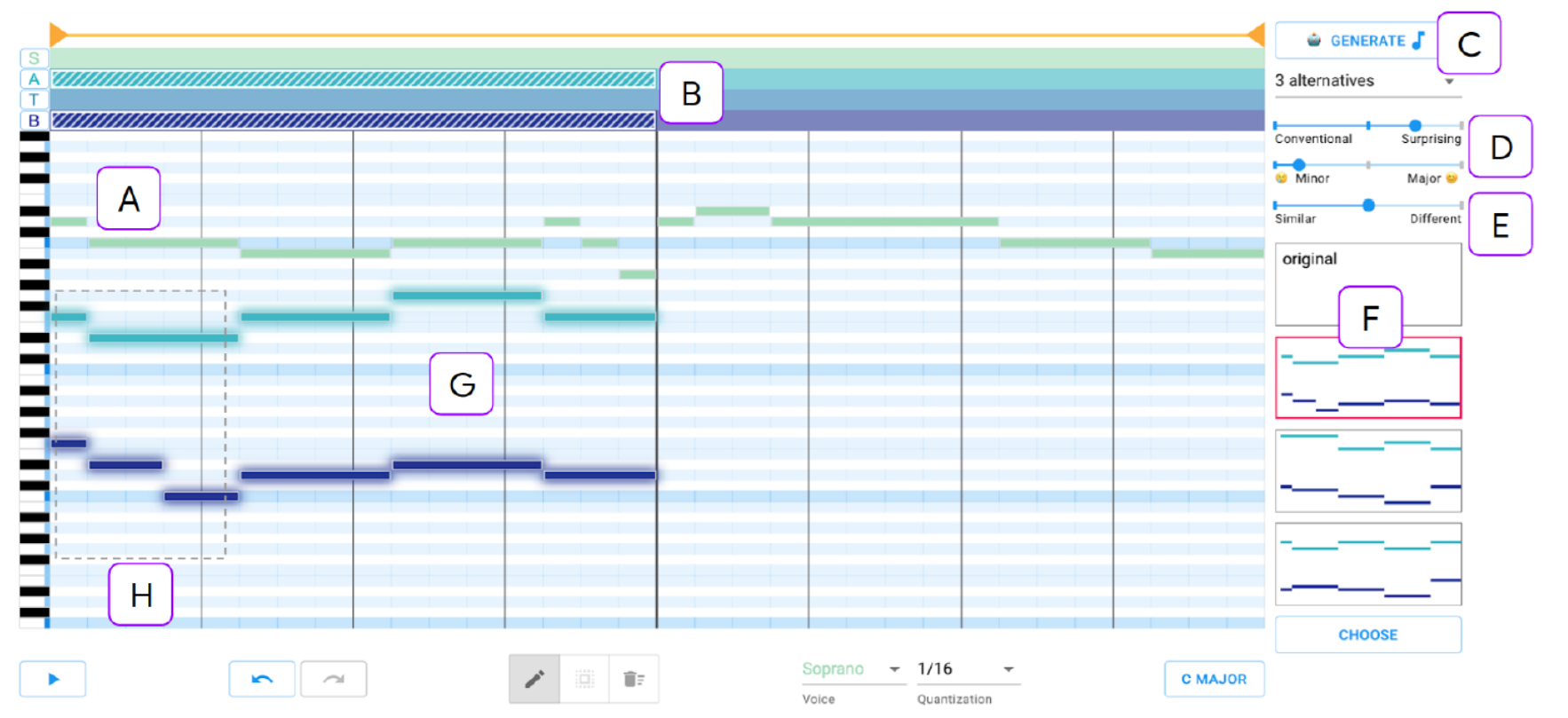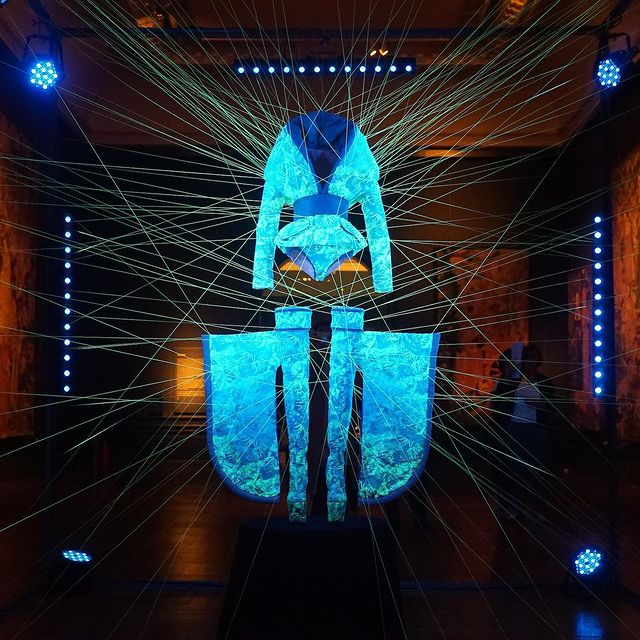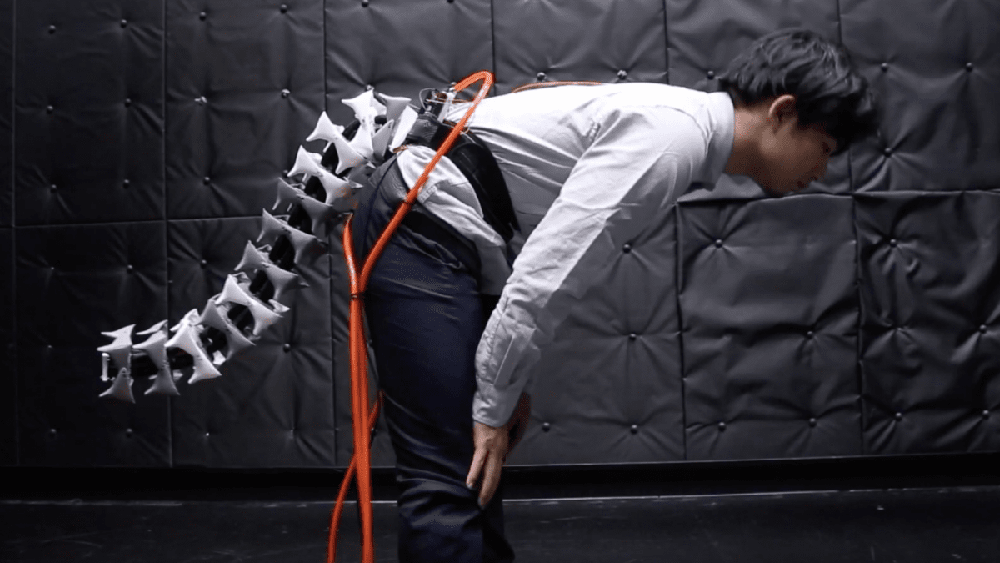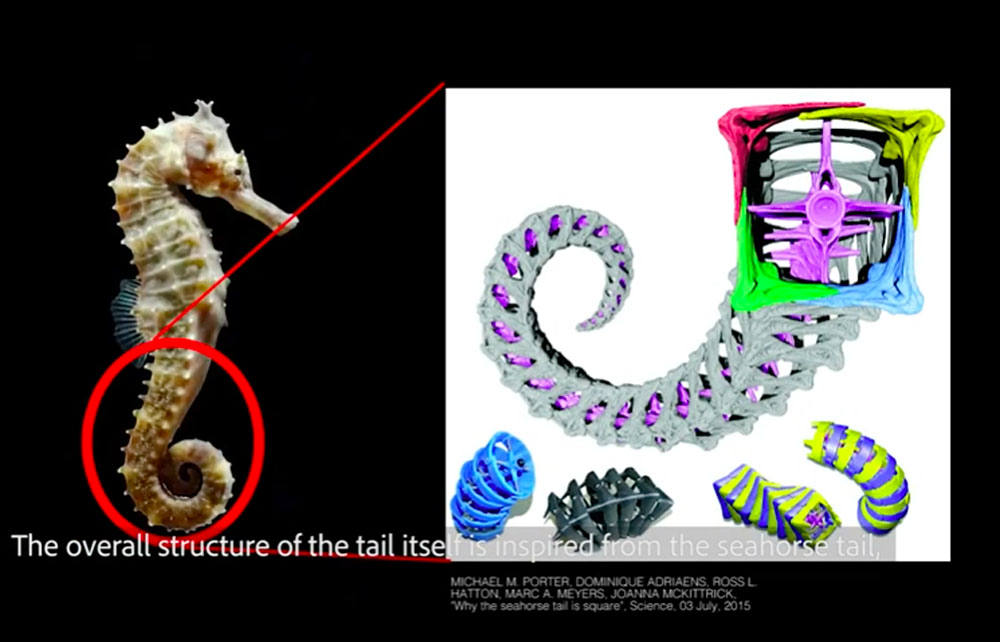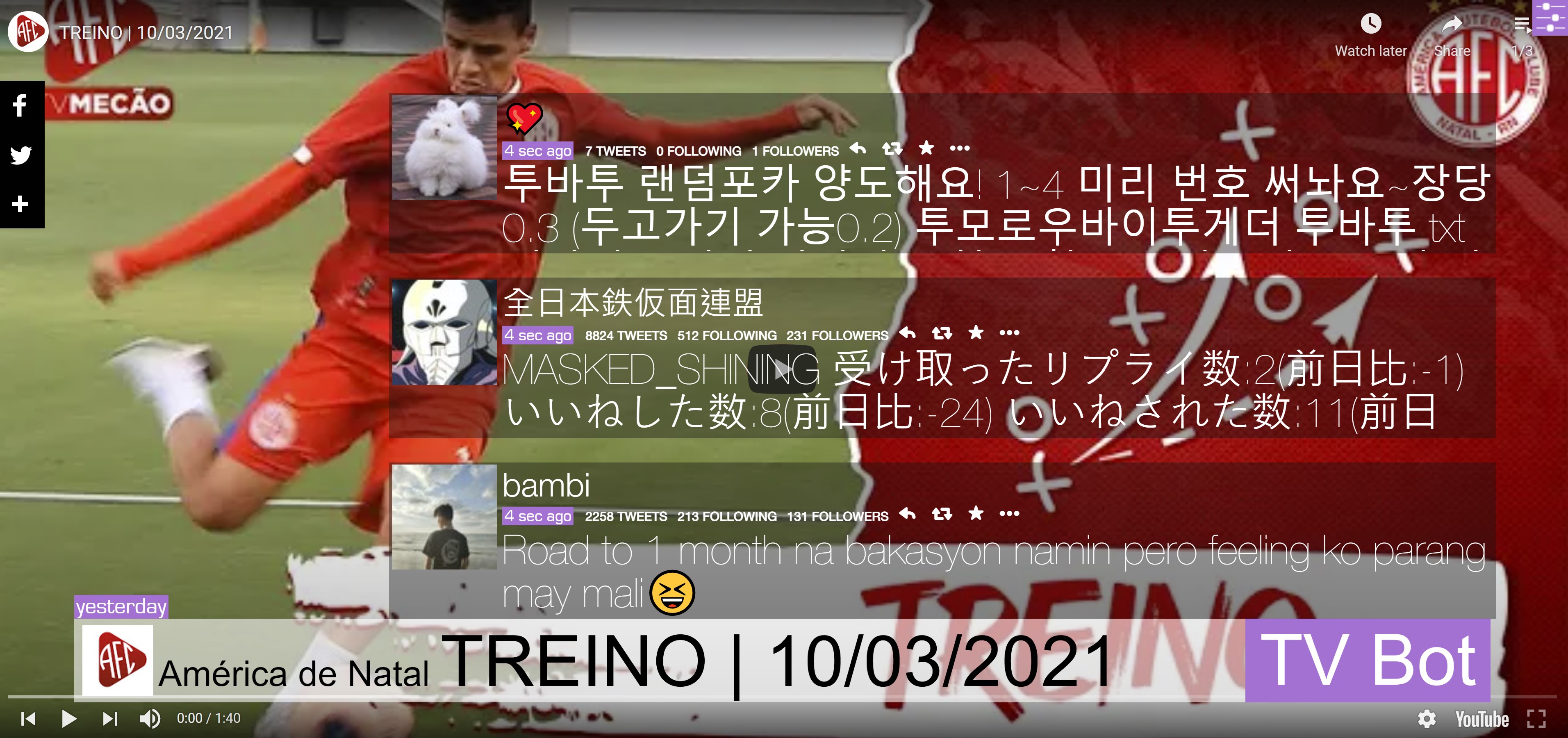
Art Title
Corona TV Bot
Live-generated TV show, 2020, 24/7
http://marclee.io/tvbot/
PPT File : ppt by Iuan Kai Fang
– 作品論述 (Art Statement)
The net art project TV Bot is an internet news channel which only broadcasts brand-new stories. Never more than an hour old, they are scooped from the Internet’s news flux, reformatted for a browser and given a URL. The process is automated, with no editorial hand behind the content selection which is reproduced in apparently random order as live TV streams, live radio streams, webcam images and text-based headlines. The only criterion that matters is “liveness” in this net art project.
In its graphical representation, TV Bot makes obvious reference to well-known international TV broadcasters like CNN and n-tv. By being more live than these TV channels, Marc Lee interrogates the informativeness of broadcasters that are permanently oriented to up-to-dateness and audience numbers. The Swiss media artist, who also works with installation, largely focuses on the Internet and its structures. Also, active as a software developer, Lee breaks open the mechanisms of the World Wide Web, revealing them to ordinary users and enabling critical reflection. The net art project TV Bot is an ironic challenge to our media society’s “real time” dogma.
The Corona TV Bot thematises and reflects the Corona pandemic through social media posts. The latest Twitter and YouTube messages are interwoven with hashtags such as #coronavirus and #COVID-19 to create a wild TV show, online 24/7. Images, tweets and videos flicker across the screen in real time in this net art project. Time-based resources that aggregate both global professional broadcasts and entirely private content posted by individuals on the SARS-CoV-2 pandemic.
While we, as users of social networks, are only ever reflected variants of our own opinions, the Corona TV Bot confronts us with a view beyond the boundaries of these echo chambers. All posts worldwide are picked up on the basis of hashtags. Only the criterion of topicality counts. (Marc Lee)
– 作者介紹 (Authors)
Marc Lee (*1969) is a Swiss artist. He is creating network-oriented interactive art projects: interactive installations, media art, internet art, performance art, video art, augmented reality (AR) art, virtual reality (VR) art and mobile art. He is experimenting with information and communication technologies and within his contemporary art practice, he reflects critically creative, cultural, social, economic and political aspects.
His works are exhibited in major museums and new media art exhibitions including: ZKM Karlsruhe, New Museum New York, Transmediale Berlin, Ars Electronica Linz, HMKV Dortmund, HeK Basel, Fotomuseum Winterthur, Read_Me Festival Moscow, CeC Dehli, MoMA Shanghai, ICC Tokyo, Nam June Paik Art Center, Media Art Biennale and MMCA Seoul.
He uses contemporary art as a vehicle to continuously redefine how we see ourselves and the world around us. He is experimenting with information and communication technologies and within his contemporary art practice, he reflects critically creative, cultural, social, ecological and political aspects. In this context he is creating network-oriented interactive art projects: interactive installations, media art, internet art, performance art, video art, augmented reality (AR) art, virtual reality (VR) art and mobile art apps.
His works are exhibited in major Museums and new media art exhibitions including: ZKM Karlsruhe, New Museum New York, Transmediale Berlin, Ars Electronica Linz, HMKV Dortmund, HeK Basel, Fotomuseum Winterthur, Read_Me Festival Moscow, CeC Dehli, MoMA Shanghai, ICC Tokyo, Nam June Paik Art Center, Media Art Biennale and MMCA Seoul.
He is lecturing, teaching and holding workshops about art and software art in many schools including the China Academy of Art (CAA) Hangzhou, Strelka Moscow, Shanghai Institute of Visual Art (SIVA), National Museum of Modern and Contemporary Art (MMCA) Seoul and ZHdK Zurich.
Marc Lee has won many prizes and honorary mentions at international festivals, including “Interaction” and “Software” Awards at Transmediale Berlin and the Social-Media-Art-Award at Phenomenal Wolfsburg. His art projects are in private and public collections like the Swiss Confederation Federal Art Collection Bern, HeK Basel, Fotomuseum Winterthur and the ZKM Karlsruhe.
– 作者或作品背景 (Background)
On a world map any city can be selected or searched via Hashtag. Always up-to-date and corresponding social media posts are searched for, processed and transferred into the virtual world. The animations follow the movements of the users: the virtual environment rotates when the device is rotated. The sky appears when the device is moved upwards. By tilting the device downwards, the floor appears. The virtual environment is endless and can be navigated in every direction. At the same time the flight speed can be adjusted. The sounds are also responding to all these movements and their flight speed.
In Echolocation users can choose any location on a map and move through stories posted from there by others on social networks like YouTube, Flickr and Twitter. Here these personal impressions are streamed in real time like windows to our changing world. The viewer participates in the social movements of our time and makes a journey into constantly new image and sound collages in which one experiences local, cultural and linguistic differences and more and more similarities.
We live in a globalized world that is becoming increasingly homogeneous. Languages, plant and animal species are continuously decreasing. Supermarkets, buildings and cities look more and more alike. The work deals with cultural diversity and at the same time with the powerful homogenization forces that are being exerted on this diversity also in the social-digital realm, and poses questions about the meaning of this ever-increasing flattening of forms and images.
Marc Lee continues inspiration and extends the concept above, in 2004, his project “TV Bot” is a 24-hour online news station that broadcasts global events in the last hour. The content captured by the system comes from TV stations, radio stations, Weibo websites, webcams, portals, etc., in the form of graphics, video and audio. Lee reflected on the operation of the news station, thinking that the latter employs a large number of employees and costs a lot of money, but often only pursues the latest, most and most extensive news reports, and the content of different TV stations is often repeated; and his software can Do this (now, social media is in the role of frontline reporters).
The two old versions of “TV Bot” were implemented on box TVs and flat-screen TVs. The third version currently in progress will be extended from the original TV to mobile phones and personal computers. The content comes from social networking sites, 24 hours a day. Uninterrupted live broadcast. “I hope to use this to reflect on storytelling and the role of editors. For many TV stations, the form and content are no longer important. What is important is only the news itself; it is no longer for the story, but just for telling itself. The news industry has become infotainment (evolved from the term entertainment/entertainment).” Lee said confidently: “In the new version that is about to be completed, the content is always new.”
– 聯想與心得 (Connection)
- “Without going outdoors the scholar knows all the wide world’s affairs.” Therefore, in 2020, ANNKA KULTYS GALLERY, UK, planned the STAY AT HOME online art exhibition due to the COVID19 epidemic, and TV BOT was also invited to be one of the exhibited works. Online curation in the post-epidemic era will become an increasingly important form of art presentation, and new media art will also pay more and more attention to production formats viewed through portable electronic devices such as laptops and tablets, and even in interactive media art. , There is more room to play, because the viewer is watching through the electronic video device, which means that the viewer can also become an art creation participant on the other side of the screen.
- News reports and social media are the main transmission channels of information. When global news and information can be produced through a single platform with “real-time” updates, this means that everyone can be not only a self-media message publisher At the same time, everyone can also be an editor after the information is collected, which means that in the future human information can be processed and absorbed at an accelerated rate. It also means that the complex extension of the true and false information may exceed the consequences that humans can bear.
- Marc Lee uses an algorithm to allow this artistic creation to randomly capture real-time social media messages and appear on the same screen. If a set of algorithms can be designed to capture the same news information from around the world, and make correct and accurate results. The classification of errors will also appear on TV or computer screens for comparison, providing a reference for human “real-time” judgments. I believe this is not just an art installation, it will be an important tool to assist human beings in absorbing useful information.
Further reading : 2021, ASA WIKFORSS <ATTERNATIVE FAKTA>

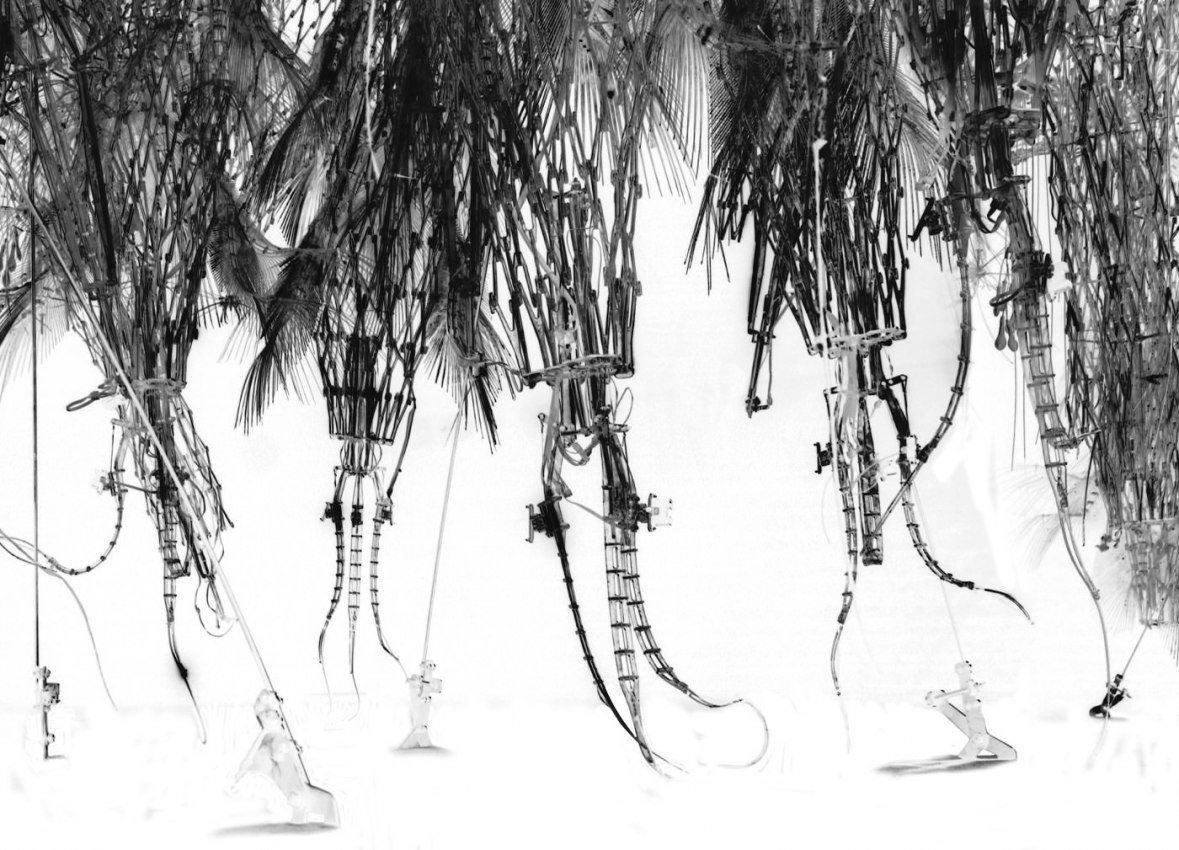 Topic : HYLOZOIC GROUND
Topic : HYLOZOIC GROUND